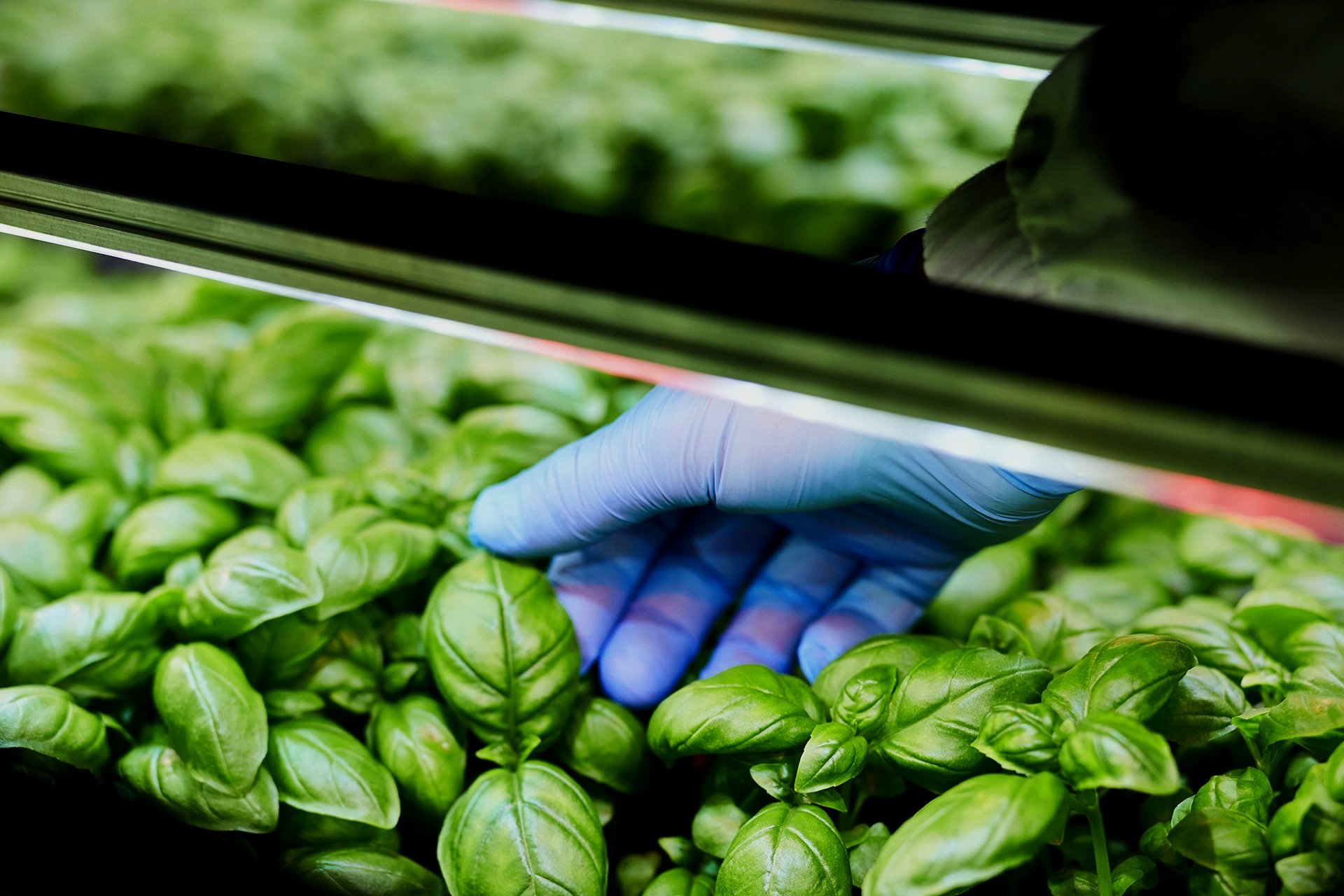“We shall learn how to create artificial climates by controlling the action of the sun and atmosphere, and how to replenish the soil by restoring the vital forces which are annually withdrawn from it.
With a perfected agriculture, we shall have cheaper food, clothing, lodging; manufacturers be encouraged, labor and raw materials becoming cheaper, commerce will flourish, and we shall have more time for education and travel.”
W.W. Averill, speaker at the New York state agricultural society fair, in 1867

agriculture must evolve
climate change is accelerating, with extreme weather events now five times more frequent than 50 years ago, while the global population is set to exceed 9,7 billion by 2050. This is a point of failure for mankind.
This dual pressure forces us to reinvent agriculture—making it sustainable, effective, capable of growing food in the harshest climates, and fit for a rapidly growing demand. Agriculture must evolve from being dependent on the environment to mastering it.
CEA is the answer
CEA (Controlled Environment Agriculture) uses technology to create the perfect space where plants thrive. At the peak of its complexity lie indoor farms: fully enclosed, AI-driven environments where light, climate, and biology are engineered for perfection. From this peak, technology flows outward—into hybrid systems that combine the precision of indoor farming with the scale of greenhouses, and into high-tech greenhouses themselves, where robotics and AI are rewriting the rules of protected agriculture
starting from the most complex challenges means developing the technologies, software, and knowledge that can cascade down to transform even the most traditional forms of farming
disrupting agriculture with technology is not just a necessity but also tremendous market opportunity: today, CEA is a $100–120 billion industry; by 2030, it will surpass $250–300 billion, growing at over 20% annually
CEA is laying the foundations
for a new agricultural
and bio‑manufacturing era

ok, then CEA is a no-brainer:
where is the problem?
CEA’s complexity stems from the intricate interplay between physical infrastructure and operational systems: climate control, irrigation, lighting, automation, sensors, and software. Each element affects the others, and even minor adjustments can trigger cascading effects.
When these components come from different suppliers, operators face the constant challenge of making incompatible equipment, protocols, and control systems work together. This patchwork approach creates friction, reduces efficiency, and hides ongoing costs in custom integrations, downtime, and duplicated effort.
A holistic approach, where all parts are conceived to work as one, eliminates these barriers, ensuring seamless operation, easier management, and reliable scalability.
“Simplicity
is the ultimate sophistication.”
Leonardo Da Vinci
we believe simplicity comes from designing everything together, as a single platform where hardware, software, AI, and agro‑biological know‑how are conceived as one. The result: fewer interfaces, greater reliability, and a system that feels effortless to run
since 2018, we have been doing exactly that, from Venice, Italy, working worldwide. Soon we’ll be 100 enthusiasts but we are deeply rooted into a territory that amplifies our capabilities: Italy is a place where agriculture and food are part of the culture and we can tap into Europe’s second‑largest manufacturing base. We have established a unique collaboration framework with the Italian R&D ecosystem where talent for digital and life sciences flourishes. Here, we blend disciplines like the Renaissance workshops once did—because this is a new Renaissance
